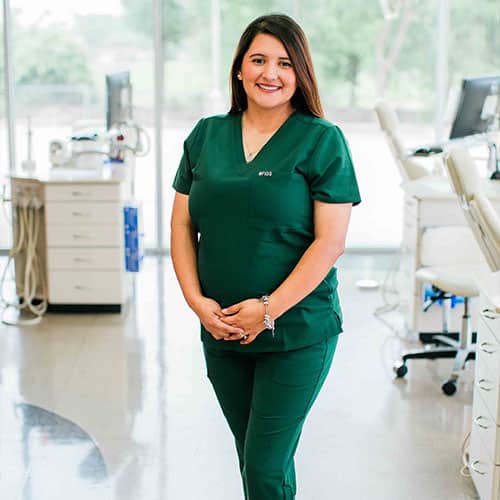Phase I
Start Your Treatment at Age Seven
Have a seven-year-old? Sing Orthodontics and the American Association of Orthodontists recommend children receive their first orthodontic exam at this age. Many kids enter “phase I” treatment which expands their arches and creates room for tooth movement, as well as for their adult teeth. If there is a bite-related problem or a growth-related problem of the jaw it can be easily intercepted while the child is still young and growing. At about age 14 or 15 when growth has completely ceased, it is a challenge to correct these problems, hence, we recommend orthodontic screening at age seven. At our office, that screening is complimentary.
Consultations and imaging are complementary so that parents don’t have to wonder if they are bringing their child in too soon.
See more examples of our Phase I patients!
Phase II
Age 12
Did you know that most kids are done with their braces by age 13? This is usually the case if the child has seen the orthodontists at age seven for early treatment. Doing this reduces pain, discomfort, extended treatment times, and costs for kids and parents.
This is typically the age at which braces are put on.
See more examples of our Phase II patients!
Adult
Our adult patients typically prefer less obvious and obtrusive options.
See more examples of our adult patients!
Phase I
Start Your Treatment at Age 7
Have a 7-year-old? We, and the American Association of Orthodontists, the recommend a child receive their first orthodontic exam at this age. Many kids enter “phase I” treatment which expands their arches and creates room for tooth movement, as well as for their adult teeth. If there is a bite-related problem or a growth-related problem of the jaw it can be easily intercepted while the child is still young and growing. At about age 14 or 15 when growth has completely ceased, it is a challenge to correct these problems, hence, we recommend orthodontic screening at age 7. At our office, that screening is complementary.
Consultations and imaging are complementary so that you don’t have to wonder if you are bringing in your child too soon.
See more examples of our Phase I patients!
Phase II
Age 12
Did you know that most kids are done with their braces by age 13? This is usually the case if the child has seen the orthodontists at age 7 for early treatment. Doing this reduces pain, discomfort, extended treatment times, and costs for kids and parents.
This is typically the age at which braces are put on.
See more examples of our Phase II patients!
Age 17-Adult
Invisalign® – get straight teeth without anyone knowing! Simple, easy, and comfortable.
Our adult patients typically prefer less obvious and obtrusive options.
See more examples of our adult patients!
Financial Options
Please ask us about financing options, and let us know if you have questions about our financial policies prior to your treatment. We offer 0% interest in-house financing with low monthly payments.
Uh oh!
Cancellations
Kindly provide at least 48 hours notice for any appointment that needs to be rescheduled. Appointments cancelled in less than 24 hours may be subject to a cancellation charge.
Insurance Options
Dental Insurance is different from medical insurance. Please review the insurance benefit booklet provided by your employer to better understand the benefits they make available as part of your insurance coverage. Not all insurance plans cover orthodontic treatment, but many do. Click here to see what insurance providers we accept.
Please bring your insurance card to your first appointment or consultation so that we can assist you in determining whether or not your insurance plan will help to cover the costs of your treatment. An estimate of the amount covered by your insurance company will be provided at the time of your treatment, based on the information they provide to us. The estimate is never a guarantee of benefits or the amount that will be paid. We will file all insurance claims as a courtesy to our patients. This does not however, transfer the responsibility of your financial obligation to the insurance company. If the amount paid by the insurance company is less than or greater than the estimate, then you will be billed the difference or issued a credit on the account in the event of an overpayment.























